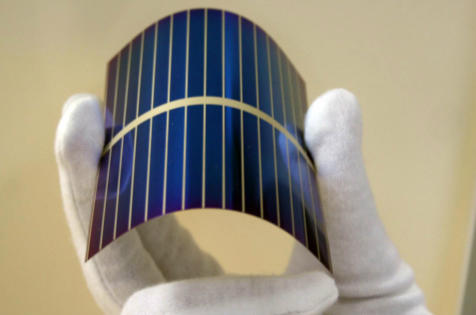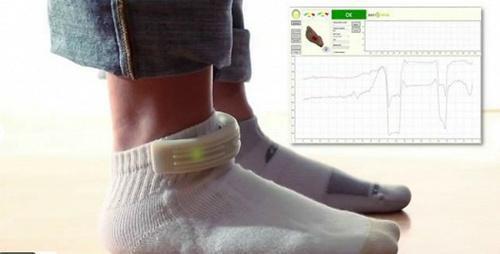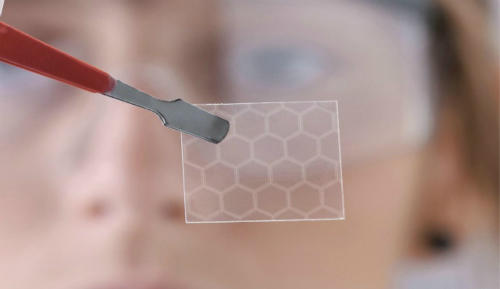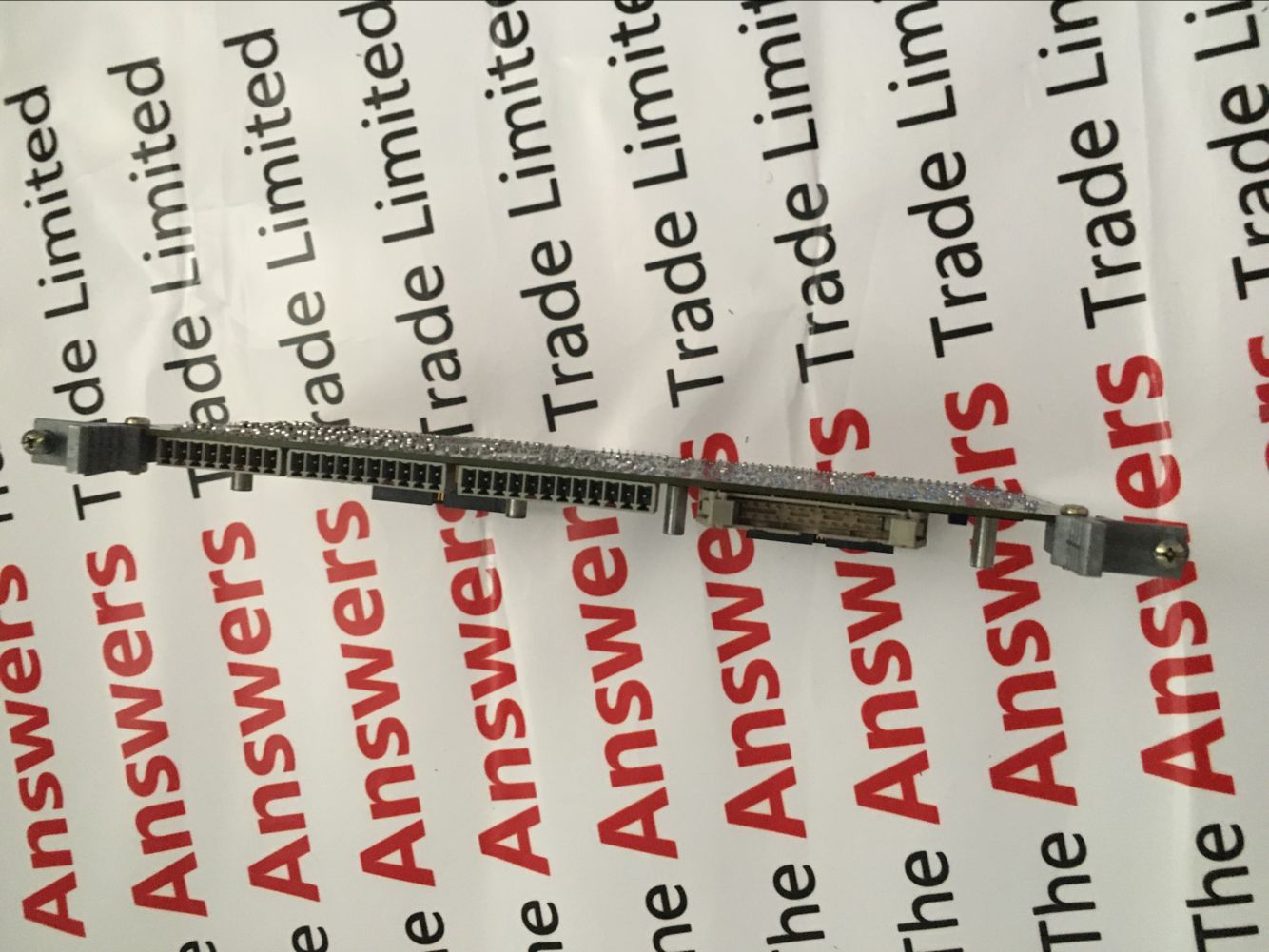From the large-scale technology giants to the various startups in the corner, everyone is thinking about the unlimited potential of new materials graphene in smart wearable devices. From crowdfunding to small-volume manufacturing to rapid prototyping of prototype products, everyone is working hard to make the dream of the application of graphene shine into reality! For now, the only obstacle to the future development of smart wearable device technology seems to be our own human imagination. Never underestimate the potential of new technology development! The good news is that a series of new technological breakthroughs that will change our perception of things are beginning to take shape, which really helps smart wearable devices to enter our daily lives and become centers. As 2015 approaches, let's look forward to the dawn of the New Year and look forward to the new technology that will change the next generation of smart wearable devices. Flexible display Even though the size is getting bigger and bigger, the display is still a constraint on the smartphone. After all, it is the largest component on the hardware device and plays an extremely important role in the user experience. Mobile phone display is also an important reason for smartphone manufacturers to compete in the software field. Compared with smart phones, the role of the display on the smart wearable device is even more important. The size and flexibility of the display are important limiting factors for the product. After all, the display of the smart watch and the health bracelet are too small. The human body is not a pile of wood. Everyone has a specific body shape, some have bumps and bumps, some are round and full, and some have sharp edges and corners. Dressing and wearing a hat is one thing, and for smart wearable devices with built-in chips, it is challenging to cater to everyone's body. Smartphone manufacturers agree and believe that flexible display technology will revolutionize the mobile phone field at some point in the future, and the same judgment is made for smart wearable devices. People's body types vary greatly, and it is hard to imagine a platform that caters to everyone's body. Most of the smart wearable devices on the market are far from achieving the above goals, and flexible display technology may solve this problem! Flexible battery Like flexible displays, flexible batteries are also a great tool for making smart wearable devices more comfortable. The development of flexible battery technology will make it easier for manufacturers to customize the appearance of smart wearable devices. The Korean consumer electronics giant is currently trying to do this. In addition to the size and shape of the battery, endurance is also a big problem. Whenever smart devices add other new features, the battery's endurance will withstand new challenges. For a smart wristband that tracks body movements and sleep, the battery life that a single charge can bring is still too limited. Perhaps manufacturers have ignored the application of rechargeable solar technology. After all, unlike smartphones, which are always covered in pockets or covered by protective covers, devices worn on the human body always have plenty of time to see the sun, and flexible solar chargers have been formed. In addition, another possible solution is to use the energy generated by the mechanical movement of the human body to supply power to the wearable device. Although the self-charging scheme based on human body heat is also an option, it is considered that the device needs to be adhered to human skin for a long time. So, the comfort will be greatly reduced. Fabric sensor The fabric sensor is completely another way of thinking, and the smart wearable technology is directly implanted into the clothing. Even the most lightweight smart wearable device, after all, is a foreign object, psychologically more or less a sense of rejection. Imagine if it is more convenient to take off your smart bracelet when you are sitting in front of your computer. As far as the author is concerned, every day, I will take off these wearing devices and sleep. Sometimes at home, I seem to forget the existence of these smart wearable devices. As far as the current situation is concerned, smart wearable devices are far from being suitable for one-size-fits-all. Scientists are currently developing optical fiberglass that tracks motion. We assume that smartphones are used as mobile information hub devices in the future, and that various sensors can be implanted into clothing to get rid of the fate of being fully armed by various wearable devices. Boldly imagine that apparel manufacturers can take advantage of this great opportunity to seamlessly integrate various fiberglass-based fabric sensors into future apparel products. Nike can develop a motion-sensing shorts. Graphene You should have not forgotten the graphene mentioned at the beginning of this article! This is a magical new material that everyone is talking about for months, and it will change our perception of everything forever. Graphene is a new material of a single-layered sheet-like structure composed of carbon atoms. The carbon atoms form a hexagonal honeycomb film with a sp2 hybrid orbital, and have a two-dimensional material with a carbon atom thickness. Known as the thinnest and hardest nanomaterial in the world, it is almost completely transparent, absorbing only 2.3% of light; thermal conductivity is as high as 5300 W/m·K, higher than that of carbon nanotubes and diamond, and its electron migration at room temperature The rate is over 15000 cm2/V·s, which is higher than that of carbon nanotubes or silicon crystals, and the resistivity is only about 10-8 · m, which is lower than copper or silver, and it is the material with the lowest resistivity in the world. Because of its extremely low resistivity, electron migration is extremely fast, so it is expected to be used to develop a new generation of electronic components or transistors that are thinner and faster. Since graphene is essentially a transparent, good conductor and is also suitable for making transparent touch screens, light panels, and even solar cells, it can be said that graphene has the potential to be directly implanted into apparel, or directly through new material garments. To achieve charging. Why can't it be popular? Cost is a big obstacle, and it makes no sense for users to sell Shen's smart wearable devices. Of course, the price will also drop, and Bill Gates, a technology tycoon, even began to fund research on graphene-based condoms! Under the premise of ensuring good protection performance, it is as ultra-thin as possible, bringing users an unprecedented love experience. This is not a joke, is this not the embodiment of the ultimate wearable technology? 3D printing 3D printing technology is driving the realization of the third industrial revolution, a kind of rapid prototyping technology, which is based on digital model files, using glued materials such as powdered metal or plastic, by layer-by-layer printing. The technology for constructing objects is no stranger to this. Apart from making highly customizable prosthetics, why not apply 3D printing technology to the field of smart wearable devices? Everyone has seen earplugs based on the injection molding process. If such high-end earplugs can pass 3D printing, the manufacturing cost will drop dramatically. Future smart wearable products are not far from ordinary users.
Features and Benefits
Bently Nevada:3500/3300 system,Proximitor probe etc.
Bently Nevada Cards,16-Channel Relay Module,Ac Power Supply Module,Bently Nevada 3500/33 Xiamen The Anaswers Trade Co,.LTD , https://www.answersplc.com





Wearable device five black technology inventory
1 time
Window._bd_share_config = { "common": { "bdSnsKey": {}, "bdText": "", "bdMini": "2", "bdMiniList": false, "bdPic": "", "bdStyle": " 0", "bdSize": "24" }, "share": {}, "image": { "viewList": ["qzone", "tsina", "tqq", "renren", "weixin"], "viewText": "Share to:", "viewSize": "16" }, "selectShare": { "bdContainerClass": null, "bdSelectMiniList": ["qzone", "tsina", "tqq", "renren" , "weixin"] } }; with (document) 0[(getElementsByTagName('head')[0] || body).appendChild(createElement('script')).src = 'http://bdimg.share. Baidu.com/static/api/js/share.js?v=89860593.js?cdnversion=' + ~(-new Date() / 36e5)];